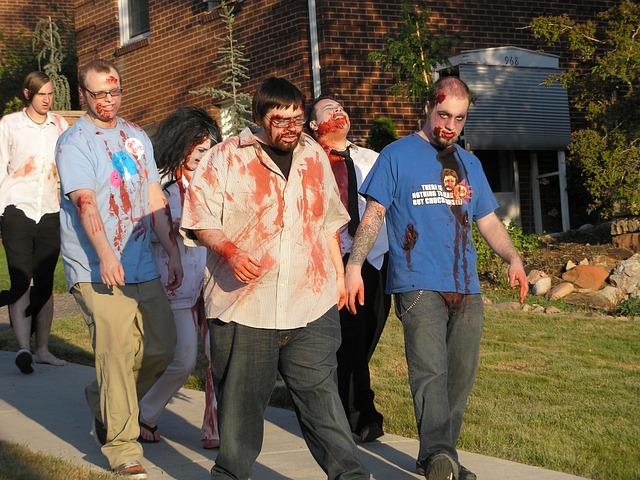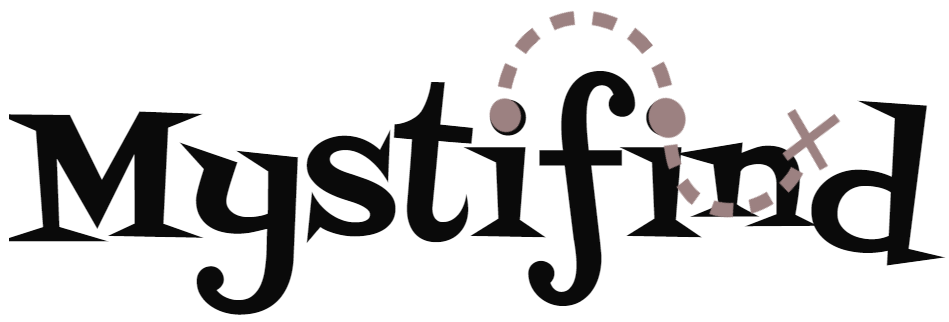
Zombies have long been a source of fear and fascination for people all around the world. Whether it’s through books, films, or television shows, zombie stories continue to capture our imaginations. But what exactly are zombies? It turns out there are different types – from slow-moving shufflers to fast-paced predators. In this article, we’ll explore ‘zombie types: Slow, Fast, and Everything in Between’.
The idea of living dead has captivated us for generations. From classic horror movies like ‘Night of the Living Dead’ to modern pop culture hits such as ‘The Walking Dead’, these tales bring heart-pounding thrills and spine-tingling chills. At their core lies one central question: What type of zombie lurks in the shadows? To answer that question, it’s important to understand the differences between slow zombies and fast zombies – plus everything in between!
From lumbering corpses that shamble along slowly to relentless pursuers who sprint after their prey with lightning speed, today’s zombies come in many shapes and sizes. We’ll take you on a journey through each type – exploring how they vary physically and behaviorally – so you can better appreciate why some creatures make us quiver with terror while others elicit laughter instead. So let’s get started!
Classification Of Zombies
Zombies can be classified into several categories depending on their traits and behavior. Zombies are often divided into three distinct types: slow, fast, and everything in between. Slow zombies are the most common type of zombie, as they lumber around aimlessly with limited physical strength or coordination. Fast zombies move quickly, sometimes even running after prey, making them more dangerous than their slower counterparts. Finally, there is a middle category that includes both slow and fast zombies who have varying levels of speed and agility.
The classification of different zombie types helps us understand how to best survive an outbreak situation. For example, if one encounters a slow-moving zombie it may be possible to run away or outmaneuver the creature altogether; however, this same tactic would not work against a faster-moving zombie which could easily catch up and overtake its victim. Additionally, knowledge about various zombie types can assist with developing strategies for defeating hordes of undead creatures by knowing which weapons will be most effective against each type.
No matter what form they take, understanding all aspects of zombie characteristics is essential when surviving a zombie apocalypse. It’s important to keep track of any changes in zombie behavior so you know the right course of action when facing them head-on – whether it’s fleeing from danger or fighting back for survival. By recognizing the differences among the many unique types of zombies, people can gain valuable insight into how best to prepare themselves for whatever comes next.
Characteristics Of Slow Zombies
Moving on from classifying zombies, let’s take a closer look at the characteristics of slow zombies. Slow-moving zombies are the most common type of undead creature in zombie fiction and folklore. They are typically portrayed as having slow-shuffling gaits and dull eyes that suggest low intelligence and lack of awareness. Despite their sluggish movements, they can still be dangerous due to their sheer numbers and strength when attacking en masse.
In addition to being slow-moving, these types of zombies also tend to have a slower decomposition rate than other varieties. This is because they don’t experience accelerated decay as fast or running zombies do; instead, they slowly rot away over time. Their skin may become pale and grayish as it decays, while their musculature remains intact for longer periods of time than with faster-moving zombies. Furthermore, slow-acting viruses mean that these creatures retain some basic instincts such as hunger more readily than those infected by faster-acting viruses.
The final characteristic of slow zombies is their relative slowness in terms of growth rates compared to other types of undead creatures. While running or fast zombies grow quickly in size and number due to rapid reproduction rates, these plodding monsters reproduce much less efficiently leading them to grow more slowly in population numbers over time. As a result, slow zombie outbreaks usually remain localized rather than spreading across large areas quickly like fast zombie infestations often do. All in all, slow zombies may not be the quickest or most deadly variety out there but they certainly pose an ongoing threat if left unchecked – one which requires careful planning and strategy to contain effectively.
Characteristics Of Fast Zombies
Fast zombies are characterized by their speed and quick movements. They can outrun humans without any difficulty, making them dangerous adversaries in a zombie-infested world. Fast zombies also have an aggressive approach to attacking humans; they will often come at people with little warning or provocation.
In addition to their speed and aggression, fast zombies possess immense strength that can be used for breaking down walls and other barriers. This makes it difficult for humans to hide from them since the only way of avoiding contact is to move quickly enough that the zombie cannot catch up. Furthermore, these creatures tend to exhibit more coordinated behavior than slow zombies, suggesting some kind of intelligence behind their actions.
Compared to slow zombies, it’s easy to see why fast ones pose such a threat; they’re faster, stronger, and smarter than their slower counterparts. With this combination of attributes, they become a deadly force against which few survivors can hope to defend themselves successfully.
Unique Zombie Types
When it comes to zombie types, there are countless variations – from the slow-moving shamblers of The Walking Dead to the fast-paced zombies featured in World War Z. But that’s not all: There are also some unique kinds of zombies out there.
One type is voodoo zombies – resurrected corpses controlled by dark forces or spirits. Space zombies, created when a virus spreads through an intergalactic station, have been featured in many sci-fi films and games. Zombie viruses can create infected humans who become part of the undead horde after they die, while radioactive zombies may be caused by radiation exposure or experiments gone wrong. Finally, cyber zombies are computer programs created with artificial intelligence which turn on their creators and cause havoc across cyberspace.
These various forms of zombies provide plenty of thrills for horror fans everywhere! As one can see, there’s no shortage of creative takes on this classic monster.
Cultural Significance
The zombie archetype has become entrenched in popular culture, and its influence can be seen across a wide range of media. From films to video games, comic books to television series – zombies are everywhere. But their presence is not limited strictly to the entertainment industry. Zombie folklore, mythology, and literature have taken on a life of their own, with countless stories and interpretations that span hundreds of years.
From Haitian Voodoo rituals to George A Romero’s iconic horror films, zombie culture has evolved into something much bigger than what it was originally intended for. It’s now used as an allegory for many different things: consumerism, racism, mental illness etc., depending on who you ask. This use of symbolism makes zombies unique from other monsters since they reflect real-world issues instead of just being mindless killing machines.
A number of authors have also appropriated the undead motif for philosophical works or social commentaries like Max Brooks’ World War Z novel which tackles themes such as war’s consequences and human resilience – among others – while still keeping true to the core concept of the zombie genre. As such, this peculiar creature has achieved a certain level of respectability within pop culture circles; one that few other horror icons could ever hope to achieve.
Conclusion
In conclusion, zombies have become a fixture in popular culture due to their ability to scare and fascinate. They are classified into three main types: slow, fast, and unique. Slow zombies move slowly but can still be dangerous if they get too close; fast zombies run quickly and pose an even greater threat. Unique zombie types vary significantly from the traditional walking corpse, often possessing different abilities or characteristics that make them stand out from other undead creatures.
Whether it’s running away from hordes of shambling corpses or fighting off superpowered monsters, there’s no denying that zombies provide us with plenty of thrills and chills. No matter what type you encounter, one thing is clear: Zombies will continue to haunt our collective imagination for years to come.






